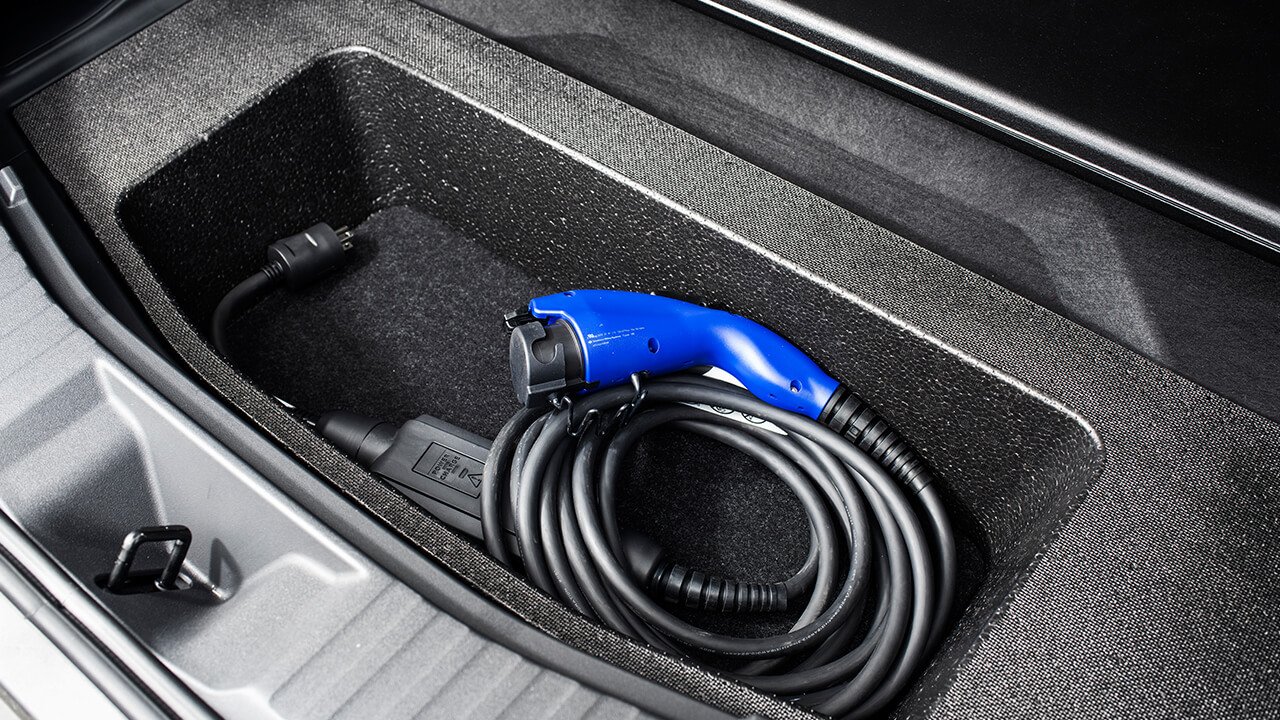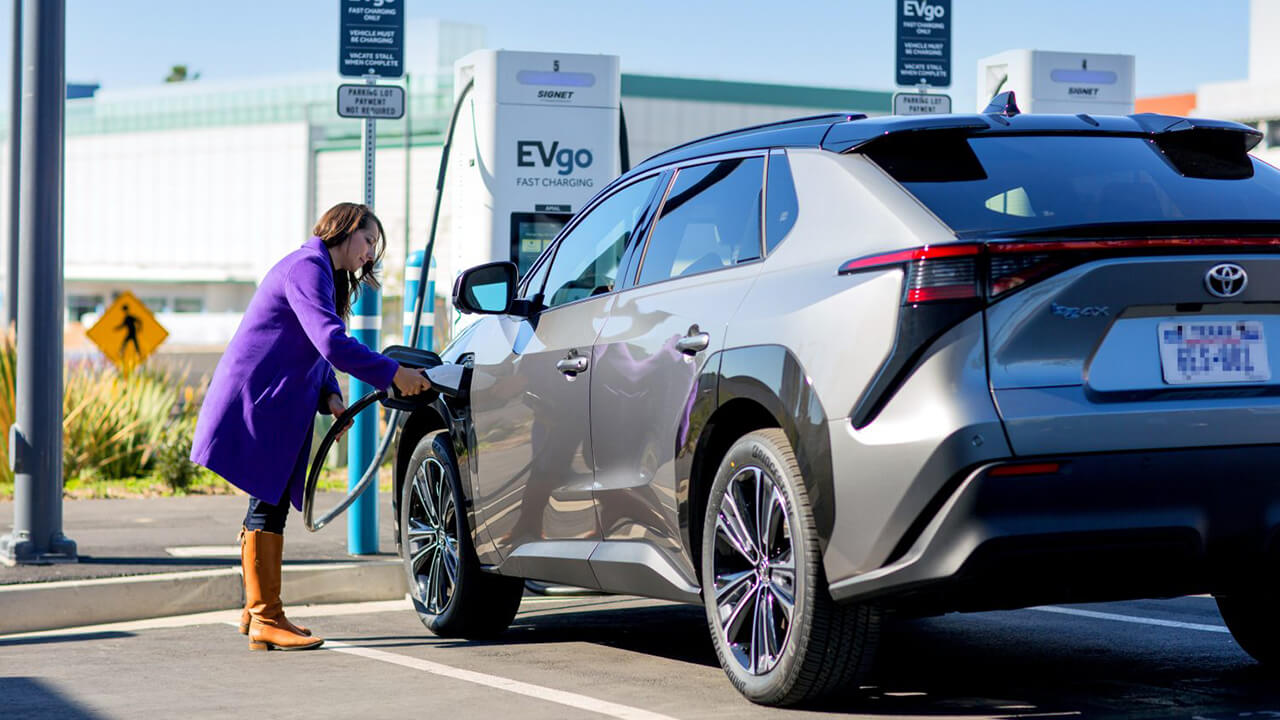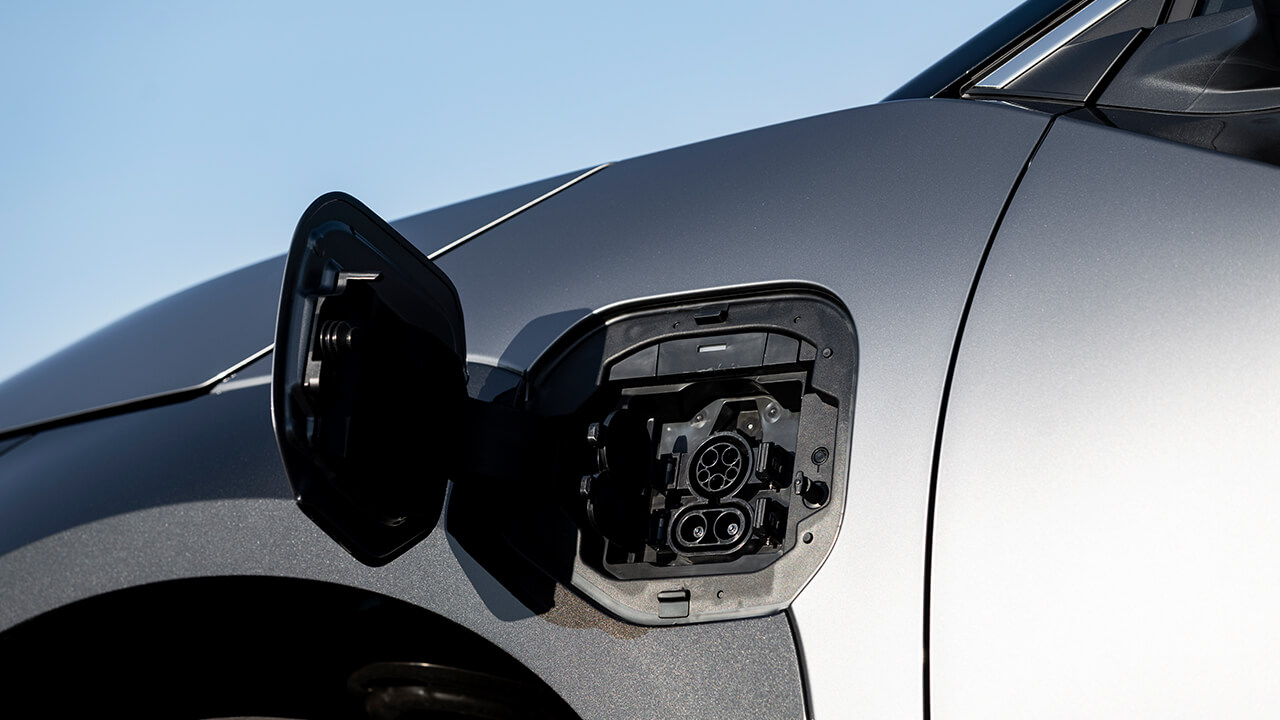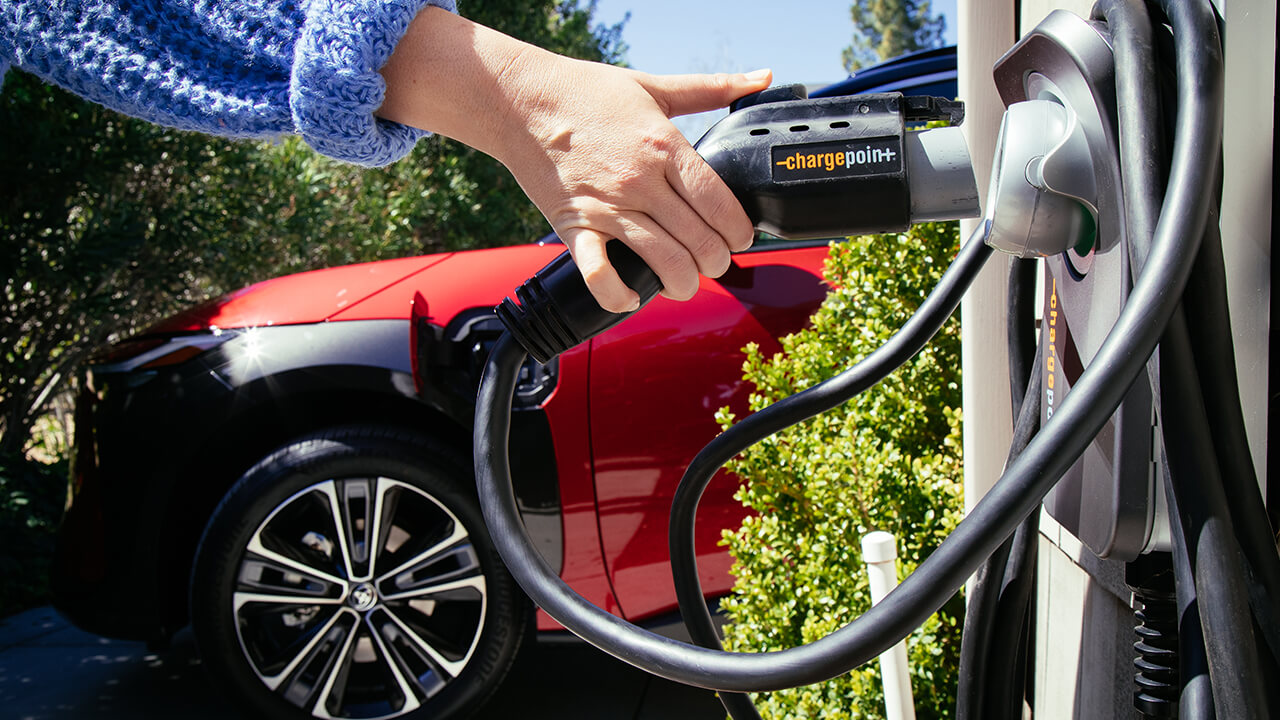But don’t worry — charging an electric vehicle is easy once you know how it works, especially when Toyota makes it as convenient as possible.
Charging levels
Toyota offers two kinds of plug-in electric vehicles. The first being plug-in hybrids, which run on a combination of gas and electricity, or just one or the other for short periods. The second — and newest — are plug-in battery electric vehicles, which run on electricity only.But both follow the same three-tiered charging system, where you insert a charger into a port, similar to how you would insert a gas nozzle into your tank. A light above the port will turn green when the charging begins. You can monitor its progress through the light, the vehicle’s multi-information display screen, or remotely through the Toyota App with a subscription to Remote Connect.
The charging speed depends on which of the three charging levels you’re using.
Level 1 Charging: 120-Volt

Level 2 Charging: 240-Volt

Level 3 Charging: DC Fast Charging

Charging locations
Now that we know each charging level, let’s go over where you can find each one.Level 1 charging is typically performed at home, although it can be done anywhere a 120V outlet is available.
Level 2 charging gives you a few more options; most of the charging stations you see in public are Level 2. Like a gas pump, you park by the station, follow the instructions on the screen, and leave your vehicle to charge. Based on the station, you pay with a credit card before or after the charging is complete; some of these stations are offered free of charge.
And you don’t have to worry about finding the station, either. The Toyota App can find charging stations near your location or on your route. If you have leased or purchased a new bZ4X, you even get complimentary charging at all EVgo-owned and operated public charging stations for an entire year, by utilizing the Toyota App!

Level 2 charging stations can also be installed at home by a licensed electrician. ChargePoint® Home Flex, which is ENERGY STAR® certified and Wi-Fi enabled, can be installed indoors or out, and has a 23-foot charging cable. New bZ4X owners can merge the cost of ChargePoint® Home Flex into their purchase or lease.
Level 3 charging currently isn’t available at homes, but you can find these stations in public. Keep in mind that DC Fast Charging requires a specific input available only on electric Toyota models and not plug-in hybrids.
Charging safety and convenience
When you’re charging your vehicle, you often leave it alone for several hours. But don’t worry — Toyota has safety options for that.
You can choose a few different settings from your electric vehicle’s multi-information display screen. The first is Auto Lock, which automatically locks when you put the charger in and won’t disengage until you unlock the car. The second is Auto Lock and Auto Unlock, which automatically locks when the charging cable is inserted and will unlock when charging is complete.
A Toyota Remote Connect subscription can further your peace of mind, making charging easy to monitor and control. From the Toyota App, you’ll be able to check the vehicle’s charging status, start or stop charging a plugged-in vehicle, and set an automatic charging schedule from anywhere, anytime.
Electric charging is safe, easy, and simple with Toyota
Initially, charging your electric vehicle may seem like a significant change, but you will soon develop new routines that feel like second nature. And with Toyota’s charging options and partnerships, electric charging has never been more effortless.
Toyota will release seven more fully electrified vehicles under the name ‘bZ,’ (Beyond Zero) in the next three years. These won’t only help the planet, but they’ll also help your wallet. The EPA says that buying an electric vehicle over a traditional one can help you save up to $1,000 in fuel costs each year.
The future is bright with electricity. Check out Toyota’s current electric lineup, and keep an eye out for upcoming models coming to a Toyota dealership near you!

